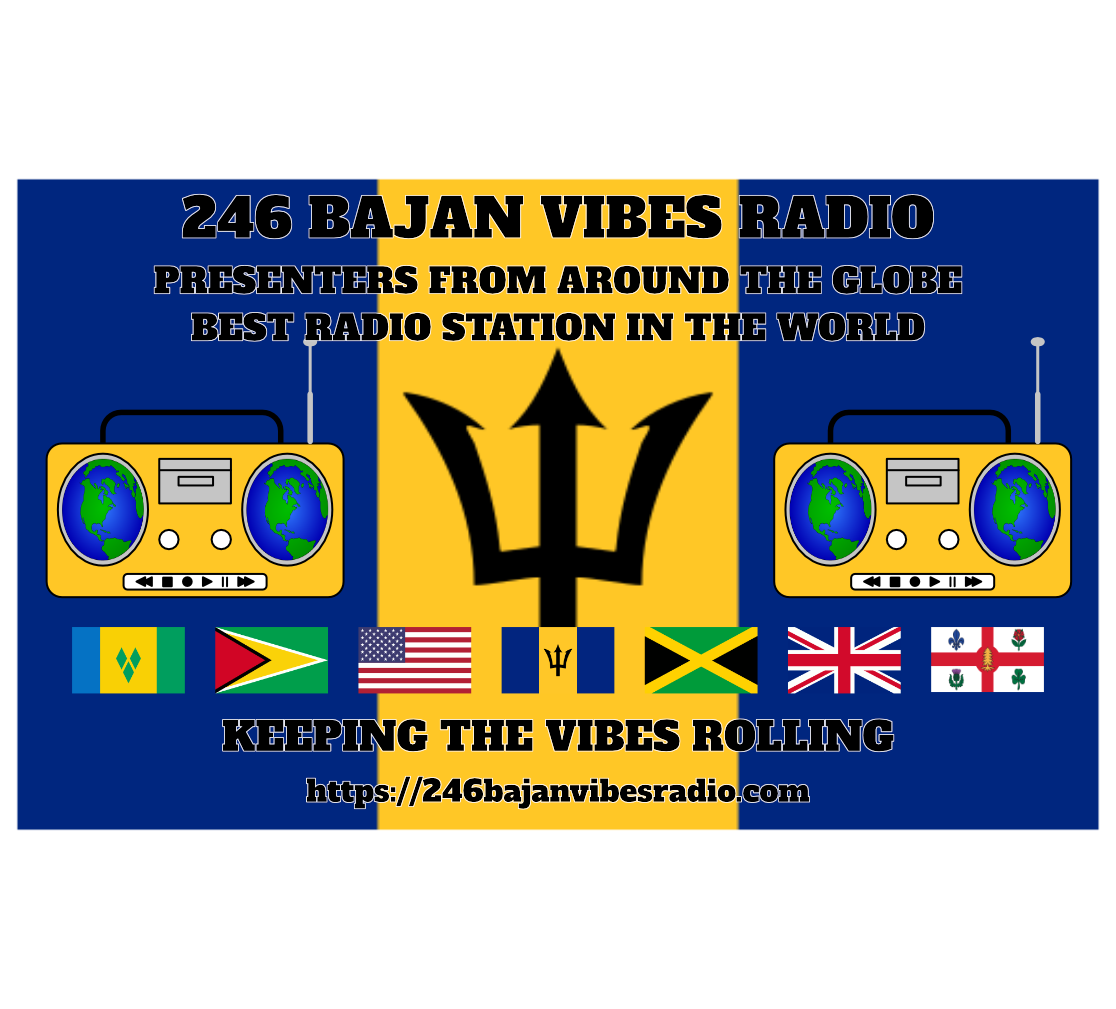As we commemorate the 50th Anniversary of CARICOM, we bring some quick facts about the Caribbean Community.
The regional bloc was established in 1973, formalising the new group which rose from the ashes of the West Indies Federation.
The West Indies Federation (1958-1962) was the foundation of CARICOM. After it fell apart, the Prime Minister of Trinidad and Tobago mooted the idea to form a Caribbean Community comprising the ten members of the Federation, British Guiana, Dutch Guiana and French Guiana, and all the islands of the Caribbean Sea.
The first Heads of Government Conference was convened by the Prime Minister of Trinidad and Tobago in July 1963. It was attended by the leaders of Barbados, British Guiana and Jamaica.
Talks continued in July 1965 among the Premiers of Barbados and British Guiana and the Chief Minister of Antigua on the establishment of a Free Trade Area in the Caribbean. By December, they signed the Agreement at Dickenson Bay, Antigua, to set up the Caribbean Free Trade Association (CARIFTA).
It came into effect on May 1, 1968 with Antigua, Barbados, Trinidad and Tobago and Guyana. Dominica, Grenada, St Kitts/Nevis, Anguilla, St Lucia and St Vincent joined in July and Jamaica and Montserrat were added on August 1, 1968. British Honduras, now Belize, also joined the community in May 1971.
At the Seventh Heads of Government Conference in October 1972, Caribbean Leaders decided to transform CARIFTA into a Common Market and establish the Caribbean Community.
CARICOM was established by the Treaty of Chaguaramas, which was signed by Barbados, Jamaica, Guyana and Trinidad & Tobago on July 4, 1973 and came into effect on August 1.
Antigua, British Honduras, Dominica, Grenada, Saint Lucia, Montserrat, St. Kitts/Nevis/Anguilla and St Vincent signed to become full members by May 1, 1974. The Bahamas became the 13th member on July 4, 1983, but at that time was not part of the Common Market.
Membership continued to grow as the British Virgin Islands and the Turks and Caicos became Associate Members in July 1991; Anguilla joined eight years later; Cayman Islands signed on in 2002 and Bermuda rounded out the associate members in July 2003.
Suriname (formerly Dutch Guiana), became the 14th Member State July 4, 1995 and after provisional membership in 1998, Haiti became a full member in July 2002.
Free Movement
One of the hallmarks of CARICOM is the concept of free movement.
This speaks to goods, services, capital and people being able to move freely across Members States without red tape, leading to greater efficiency.
Goods which originate in CARICOM do not attract import duties in member states, but there are production standards which must be adhered to.
The removal of work permits for university graduates, media workers, sports people, musicians, artists, managers, supervisors and other service providers has enabled the free movement of people. They can also have access to property for residential or business purposes.
Capital can also move freely in the form of currency, cheques and electronic transfers without have to get authorisation.
This is expected to drive competitiveness and provide a bigger market for goods and services.
The Caribbean Court of Justice
Traditionally, Caribbean people have turned to the Privy Council in England as the final Court of Appeal, and many still do.
However, the establishment of the Caribbean Court of Justice on February 14, 2001 set the framework for the region’s people to have their matters adjudicated by them.
It was signed by the governments of Antigua & Barbuda, Barbados, Belize, Grenada, Guyana, Jamaica, St Kitts & Nevis, St Lucia, Suriname and Trinidad & Tobago.
Subsequently, The Bahamas, Dominica, Haiti, Montserrat and St Vincent and the Grenadines became members. However, use is still limited as only Barbados, Belize, Dominica, Guyana and St Lucia have it as the final Court of Appeal.
Among the functions of the Court are:
Protecting the right of free movement in the bloc;
Protecting the right of movement of capital;
Protecting the right to provide goods and services;
Interpreting the Treaty of Chaguaramas and maintaining balance;
Settling Constitutional matters, hearing appeals and giving judgements.
It is located in Port of Spain, Trinidad and Tobago.
The region also co-operates on matters of health through the Caribbean Public Health Association (CARPHA); education via the Caribbean Examinations Council; disaster response through the Caribbean Disaster Emergency Management Agency (CDEMA), security (Regional Security System) and agriculture via the Caribbean Agricultural Research & Development Institute (CARDI), among others.
Source: www.caricom.org

